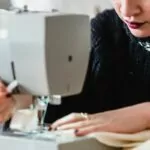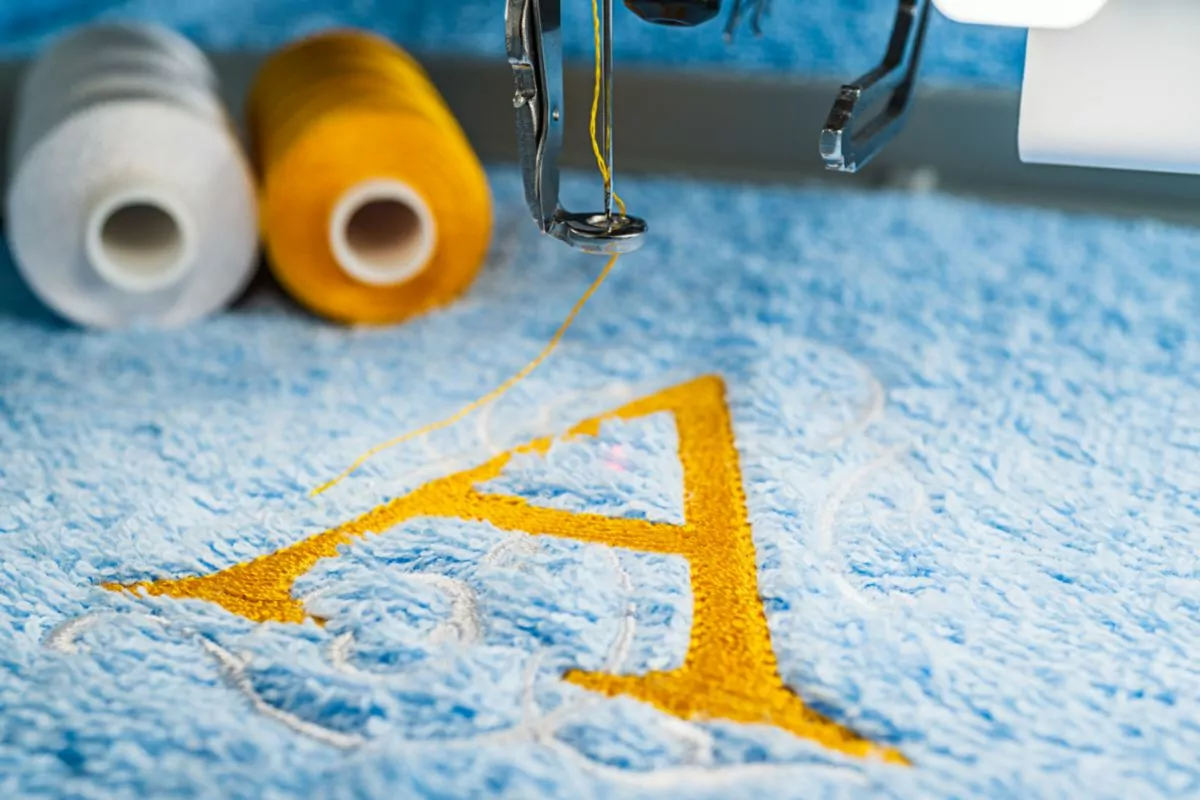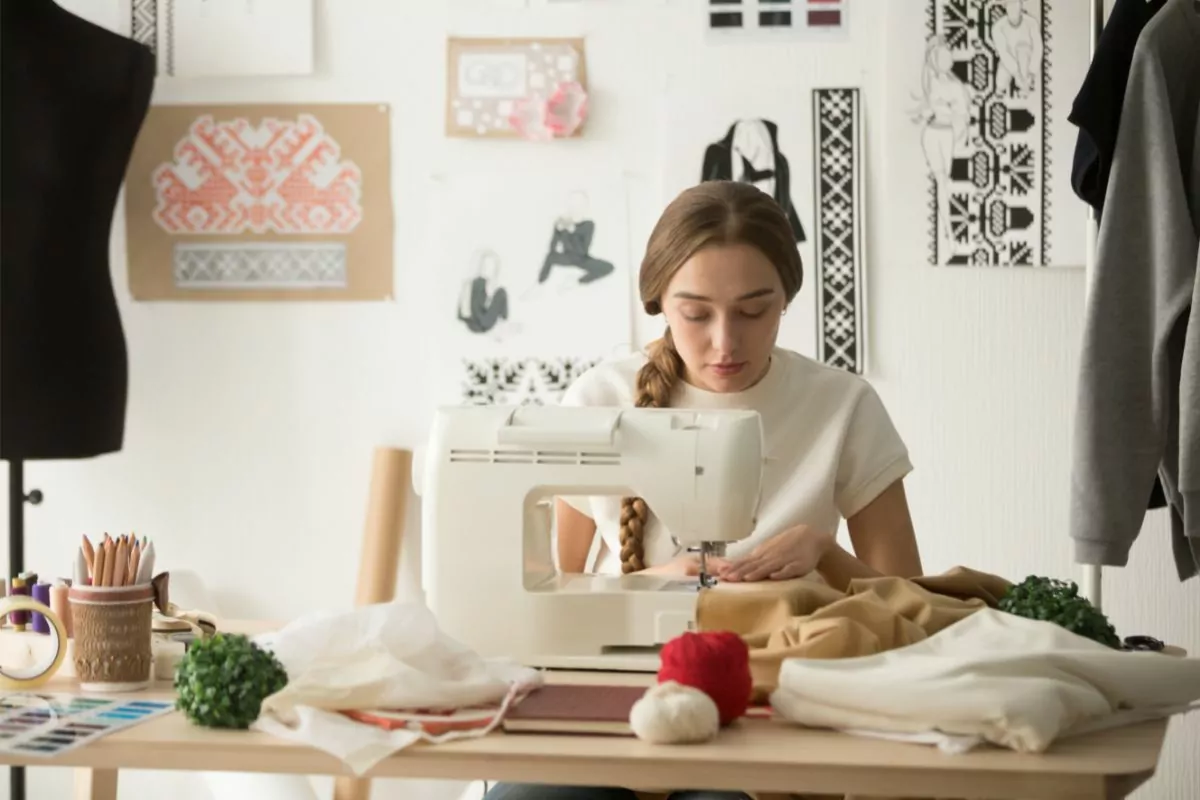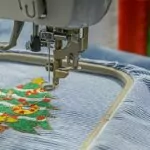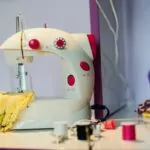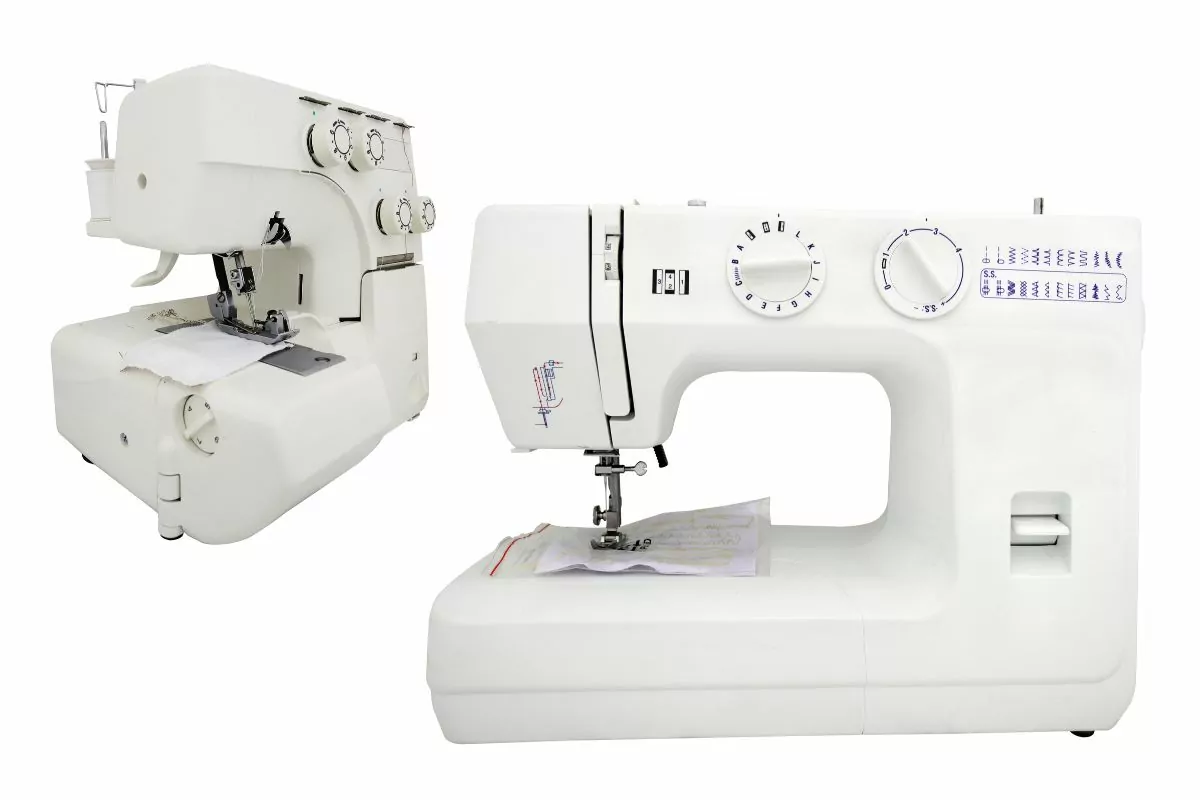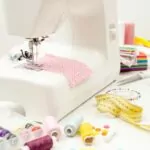Do you want to create your own one-of-a-kind clothing and accessories? Sewing patterns are the key to creating unique pieces that will fit you perfectly.
Whether you’re a beginner or an experienced sewer, learning how to make sewing patterns can open up a world of possibilities for creating custom garments.
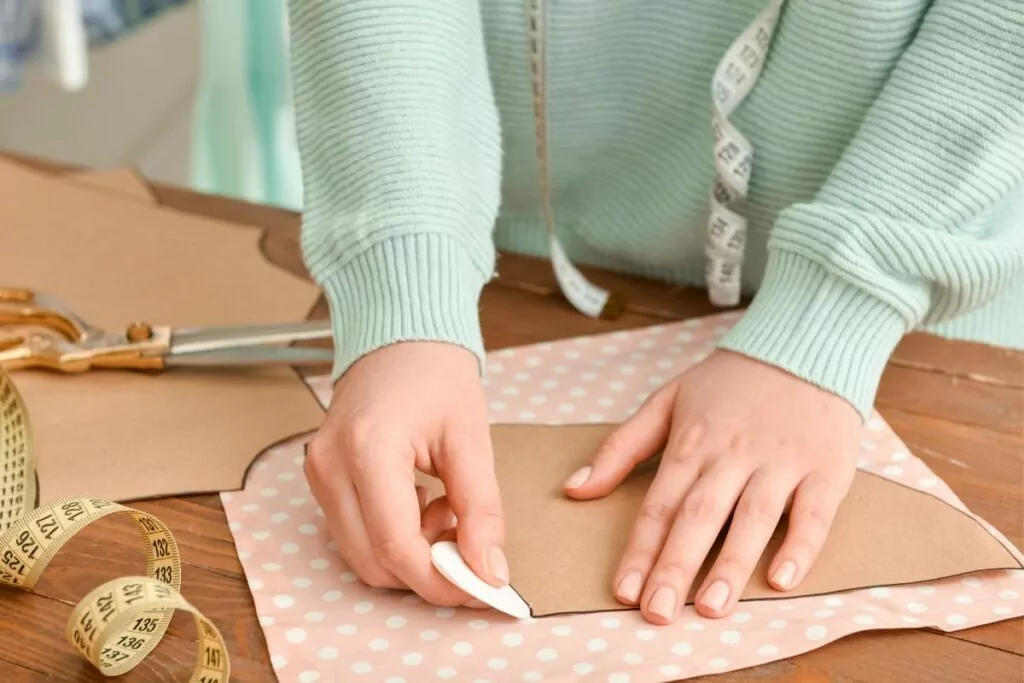
In this guide, we’ll explore the steps involved in making your very own unique sewing patterns.
How To Make Sewing Patterns From Scratch
One option is to craft your own sewing pattern from scratch – this gives you complete control over the design and allows you to make any alterations that may be necessary for a perfect fit.
Here are the steps involved in making your pattern:
Choose A Design
Before you start making your own sewing patterns, decide what you’d like to make. Skirt, dress, shirt, blouse, or trousers?
Make sure to take accurate measurements of yourself and research the design before you begin so that you can create a pattern that will fit your body perfectly.
Measure And Mark
Once you’ve chosen a design, use a tailor’s tape to take precise body measurements.
Mark these measurements on a piece of paper or tracing paper and make sure to add a seam allowance of 1/2 inch all around – this will help to ensure that the pattern will fit properly.
Cut And Trace
Using a sharp pair of scissors, cut along the lines you’ve drawn on your paper or tracing paper, and use them as templates to trace out the pattern pieces onto the fabric.
Make sure that you are using the right kind of fabric for your project!
Sew Together
Now that you’ve cut and traced your pattern pieces, it’s time to sew them together.
Follow the instructions in your pattern for the order in which to assemble the pieces, and use pins or tailor’s chalk to mark seam lines if necessary.
Try It On
Once you’ve sewn all of your pieces together, try it on! Make sure that it fits properly and make any necessary adjustments.
You may need to take in the seams or alter the pattern pieces to get a better fit.
Document The Pattern
If you’re happy with your pattern, and it fits you perfectly, be sure to document it carefully – label each piece, trace them onto paper, and keep all of your notes in one place so that you can refer back to them if needed.
Adapt An Existing Pattern
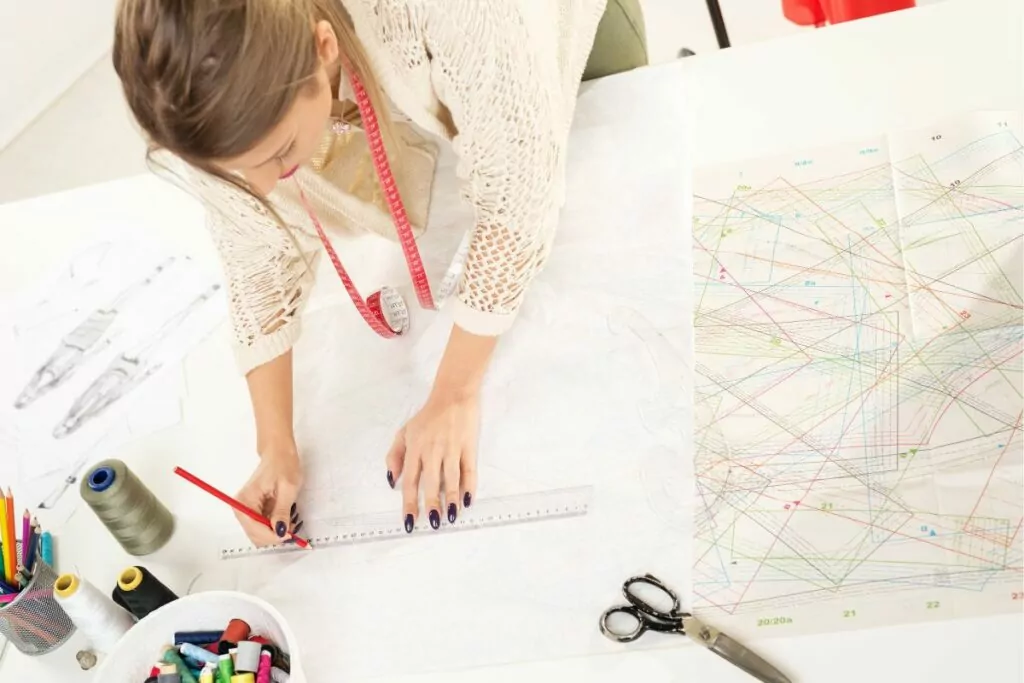
Another option to create your own patterns is to adapt existing ones. This can be a great way to get started if you’re not confident in creating your own patterns from scratch.
To adapt a pattern, here are the steps:
Find The Perfect Pattern
Start by finding a pattern that is close to what you’d like to create. Make sure to look for patterns that are made with the same type of fabric and that have similar shapes and sizes.
Then, take accurate body measurements – this will help you determine which size to choose from the pattern.
Once you’ve selected the size, use tracing paper and a pencil or pen to trace the pattern pieces onto paper.
Tweak It To Fit
Now that you have your pattern pieces, it’s time to make any necessary modifications.
Use a ruler and drawing compass to alter the shape of the pattern or add any extra details that you’d like.
Make sure to use tailor’s chalk to mark any changes so that you can refer back to them if needed.
Test It Out
Once you’ve made any modifications to the pattern pieces, cut them out of fabric and sew them together.
Try on your garment and make any necessary adjustments before cutting it out of your final fabric.
Drape To Create A Two Dimensional Sewing Pattern
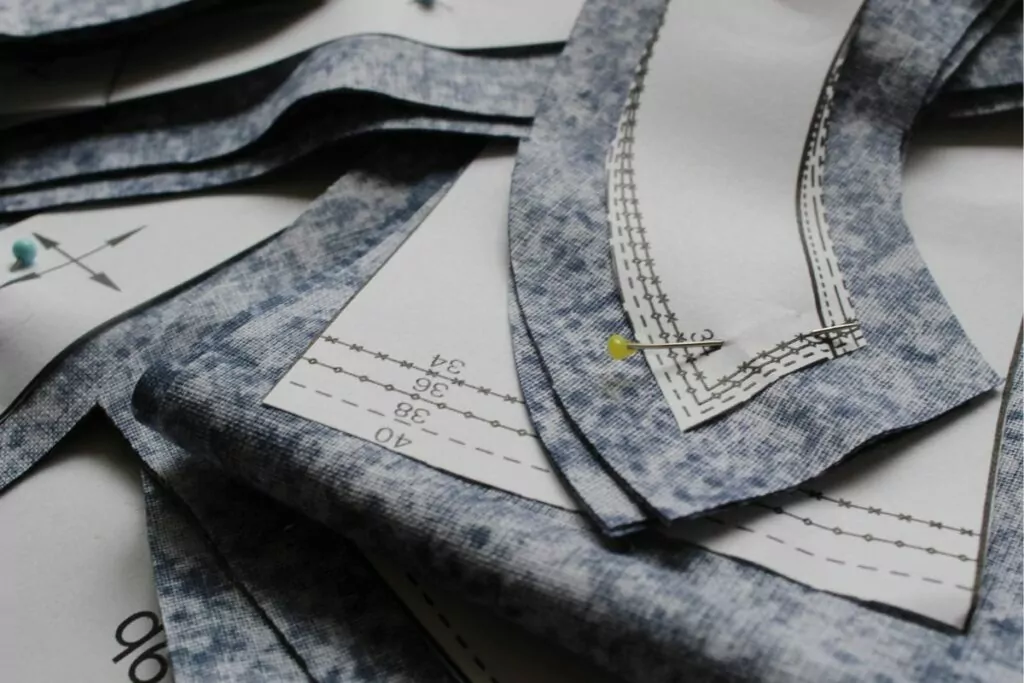
Another option to create a pattern is to drape fabric on yourself and shape it into the desired design.
This method allows you to create patterns that fit well but may take a bit more time and skill.
Here are the steps:
Choose The Fabric
Choose a lightweight fabric that can be easily manipulated over your body – muslin, cotton voile or silk charmeuse are all good options.
Start Drape Shaping
Begin by placing the fabric over your body and shaping it into the desired design.
You can use tailor’s chalk to draw lines for seam allowances or to indicate where you would like to add details such as pleats, tucks, or darts.
Test It On The Body
Try on your garment and make any necessary adjustments before cutting it out of your final fabric – this will ensure that it fits perfectly.
Pin And Cut The Fabric
Once you’ve draped and shaped your fabric, carefully pin it in place. Then, use a pair of sharp scissors to cut along the lines that you have marked.
Trace And Sew
Now that you’ve cut out the pattern pieces, use them as templates to trace onto paper or tracing paper.
Make sure to add seam allowances and label each piece before you sew it together, as this will be much easier than trying to figure it out later.
Final Thoughts
Creating sewing patterns is a great way to make garments that fit perfectly and are unique.
Whether you’re starting from scratch or adapting existing patterns, be sure to take accurate measurements and make any necessary adjustments for a better fit.
Finally, remember to document your pattern pieces carefully for future reference – you never know when you may need them again in the future!
- How To Sew Fabrics Together - June 5, 2023
- How Many Stitches Per Inch? - June 5, 2023
- How Long Does It Take To Sew A Dress? - June 5, 2023




